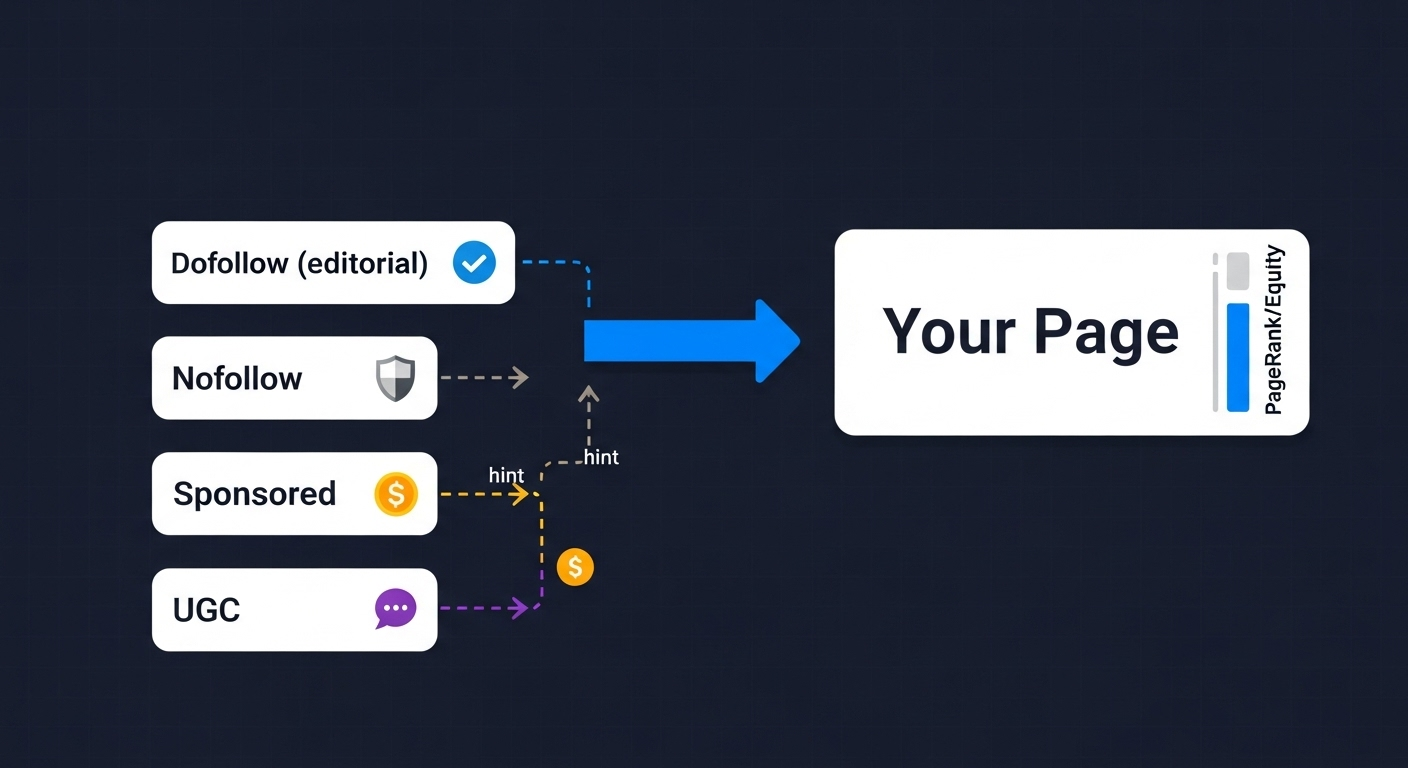Backlink Maintenance Guide: Protect Your SEO Investment
Master backlink maintenance and protect your SEO investment. Monitor backlinks, fix broken links, and preserve rankings with proven strategies.

Building backlinks is only half the battle in SEO. The other half—often overlooked—is maintaining them. While most SEO professionals focus intensively on acquiring new backlinks, they frequently neglect the critical task of monitoring and maintaining their existing link portfolio. This oversight can be costly.
Introduction: The Hidden Cost of Backlink Neglect
Link-building campaigns can cost thousands of dollars and months of effort, yet many businesses treat their backlinks like a “set it and forget it” investment. This approach is fundamentally flawed. Studies show that around 25–30% of backlinks naturally decay within the first year, with even higher rates in some industries.
The financial impact of neglected backlinks can be significant. Imagine investing $50,000 in a link-building campaign that earns 100 high-quality backlinks. If 30% of those links disappear or lose value within a year without intervention, that’s $15,000 of wasted investment—not including the potential loss of rankings, traffic, and visibility.
When high-authority links vanish, your site loses valuable link equity, which can cause ranking drops that take months to recover. The resulting traffic loss compounds the problem, affecting revenue and lead generation.
That’s why backlink maintenance isn’t just recommended—it’s essential to protect your SEO investment and sustain long-term results.
The Backlink Lifecycle: Understanding Link Decay
To maintain backlinks effectively, you need to understand that they have a lifecycle. Backlinks live on dynamic websites that constantly change, update, and evolve.
How Backlinks Are Earned and Built
Backlinks typically come from several sources: editorial mentions, guest posts, resource pages, partnerships, and digital PR. Each method produces links with different levels of stability. Editorial links on news sites may vanish quickly as content gets archived, while resource page links often last longer but can disappear during redesigns.
Common Reasons Backlinks Disappear or Change
Backlinks can vanish for many reasons:
- Website redesigns often cause link loss when redirects aren’t implemented correctly.
- Content updates may remove links during routine cleanup.
- Company changes such as mergers or rebrands can disrupt entire link structures.
- Editorial decisions can also remove or modify links, sometimes automatically through “link rot” policies.
Average Lifespan of Different Types of Backlinks
- News and media links: 6–12 months
- Blog posts: 1–3 years
- Resource and directory pages: several years, depending on maintenance
- Guest posts: lifespan varies based on site policy and content updates
Backlink Decay Patterns
Analyses across industries show that roughly 28% of backlinks disappear or change significantly within a year. Technology and news sites experience the highest decay rates (around 35%), while educational and government domains tend to retain links much longer.
Types of Backlink Changes to Monitor
Backlink issues don’t always mean total link loss—many are subtle but still affect SEO value. Here are the main ones to watch:
1. Removed Links
The link is deleted from the page entirely. This causes an immediate loss of link equity. Detecting these quickly helps you act before rankings suffer.
2. Changed Destination URLs
The link still exists but now points somewhere else. This can redirect link equity away from the intended page.
3. Modified Anchor Text
Anchor text might change from keyword-rich phrases to generic ones (“click here”), weakening the link’s relevance.
4. Added Link Attributes
When a link gains a nofollow, sponsored, or ugc tag, it no longer passes link equity. Monitoring these attribute changes ensures you understand when valuable links lose direct SEO impact.
5. Parent Page Issues
If the page containing your backlink becomes broken, redirected, or returns an error (e.g., 404 or 301), the backlink’s value drops sharply—even if the link itself hasn’t changed.
Building a Backlink Maintenance Strategy
A strong backlink maintenance plan combines tracking, prioritization, and quick action.
1. Create a Backlink Inventory
Keep a list of all your important backlinks, including:
- Source URL
- Target URL
- Anchor text
- Date discovered
- Value or priority
Regularly update it to reflect new or lost backlinks.
2. Set Up Monitoring
Automation saves time, but focus on links that really matter. Monitor high-value backlinks (from strong domains or key pages) daily or weekly; check less critical ones monthly.
3. Prioritize by Value
Not every backlink deserves equal attention. Focus on links that are:
- Hard to replace
- From authoritative or relevant domains
- Driving measurable traffic or conversions
4. Document Changes
Track all detected changes—what happened, when, and what action you took. This creates accountability and helps identify recurring issues.
Fixing Common Backlink Problems
Restoring Lost Links
If a valuable backlink disappears, check if it was removed intentionally or lost due to technical reasons. Politely reach out to the site owner with context and offer updated or replacement content.
Example outreach message:
Hi [Name], I noticed that a link to our [resource/article] was recently removed from [URL]. I believe the resource still offers value to your readers.
If it was removed for a specific reason, I’d be happy to adjust the content or share a more relevant alternative.
Best, [Your Name]
Correcting Anchor Text or URL Issues
If a link points to the wrong page or uses unclear anchor text, reach out with a clear, polite correction request. Focus on user relevance, not just SEO.
Handling Nofollow Attributes
If a link suddenly becomes nofollow, it might be a policy update. Ask if it was intentional, but even if it remains nofollow, it can still drive valuable referral traffic and brand visibility.
Managing Redirected or Broken Pages
If your target page changed, reach out and ask the site to update the link directly instead of relying on a redirect. This preserves more link equity.
Disavowing Toxic Backlinks
If your site has backlinks from spammy or manipulative sources, remove or disavow them carefully using Google’s Disavow Tool—but only after confirming they pose real risk.
Backlink Monitoring Tools and Options
There are several ways to monitor backlinks:
| Approach | Pros | Cons |
|---|---|---|
| Manual checks | 100% control and accuracy | Time-consuming and inconsistent |
| Comprehensive SEO tools (Ahrefs, SEMrush, Moz) | Huge databases, integrated metrics | Expensive and sometimes include irrelevant links |
| Specialized monitoring tools | Faster checks, custom alerts | Limited to link maintenance features |
Why BacklinkDog Takes a Different Approach
BacklinkDog focuses purely on the backlinks you care about—the ones you specify. Instead of crawling random links, it checks your chosen pages daily and alerts you if:
- A backlink is removed
- Its target changes
- Anchor text is modified
- A
nofollow,sponsored, orugctag is added - The page itself breaks or redirects
This simple, targeted approach avoids the complexity and cost of all-in-one SEO suites while providing clear, actionable insights to protect your most important backlinks.
Conclusion: Backlink Maintenance Is Ongoing Protection
Your backlinks are assets—treat them like it. Regular monitoring and quick action are essential to preserve your SEO strength and avoid wasting previous link-building investments.
Key Takeaways
- Backlink decay is inevitable—maintenance prevents bigger losses.
- Focus your monitoring on the links that matter most.
- Keep documentation and treat outreach as relationship-building.
Start Monitoring Today
If you’ve ever paid for, exchanged, or negotiated backlinks, you know how frustrating it is when they quietly disappear. BacklinkDog helps you keep your hard-earned backlinks alive—without complicated SEO dashboards or bloated reports.
Get daily scans, instant alerts, and peace of mind knowing your most important backlinks are still there.
Start Monitoring Your Backlinks Today
Don't wait for broken links to hurt your SEO. BacklinkDog monitors your backlinks 24/7 and sends instant alerts when issues arise, so you can fix them before they impact your rankings.
Get started


